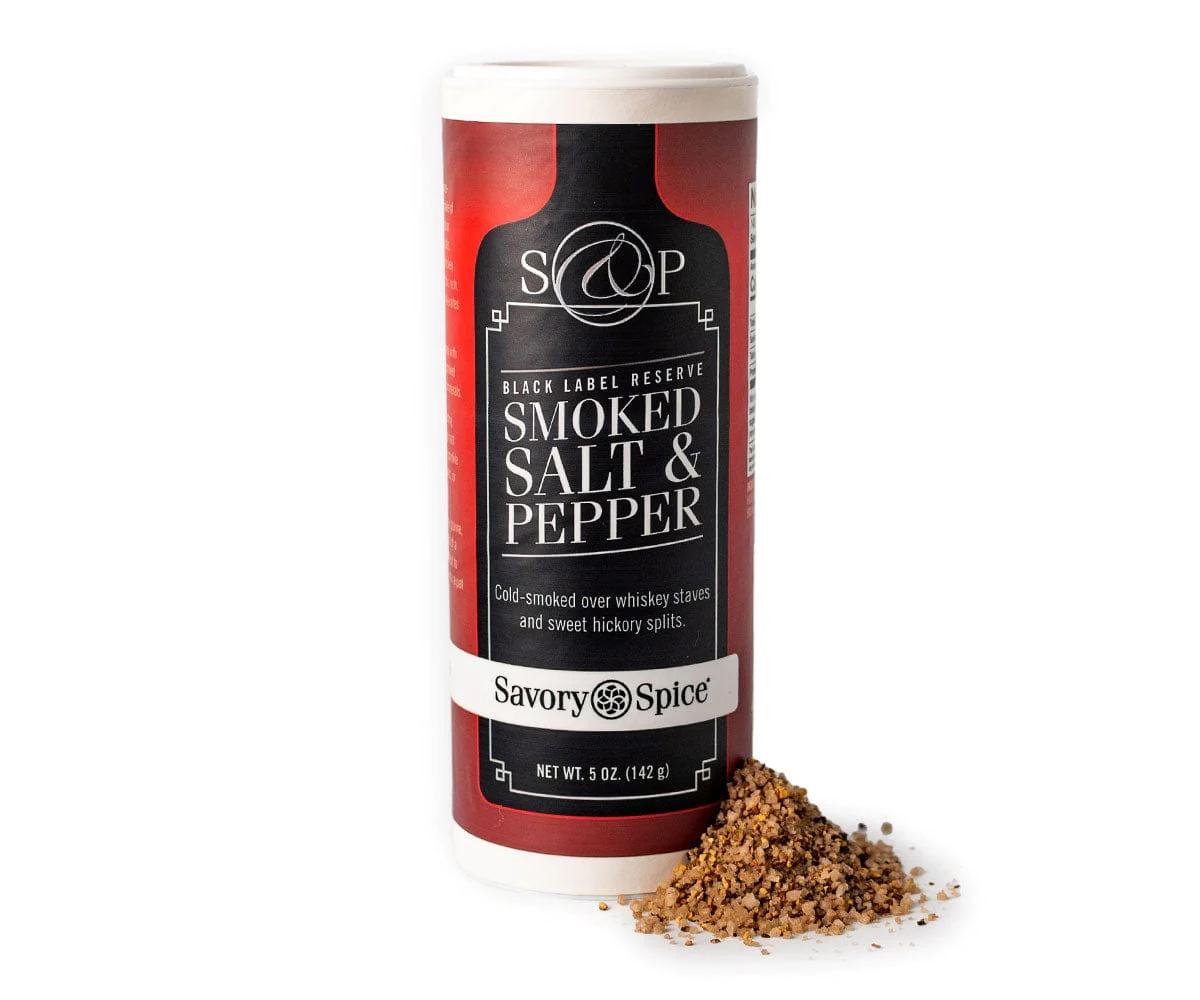When it comes to adding depth and complexity to your dishes, few ingredients can compare to smoked salt and pepper. These two seasonings have been elevated to a new level by infusing them with a rich, smoky flavor. In this article, we will explore what smoked salt and pepper are, how they are made, and how to use them to enhance your culinary creations.

What is Smoked Salt?
Smoked salt is a type of salt that has been infused with the smoky flavor of burning wood. This process adds a unique and robust taste to the salt, making it a versatile seasoning for a wide range of dishes. The most common types of wood used for smoking salt include hickory, mesquite, and applewood, each imparting their own distinct flavors.
Smoked salt is typically made by placing coarse salt crystals in a smoker or a smokehouse. The salt is then exposed to the smoke generated by burning wood chips or sawdust. The length of time the salt is smoked can vary, ranging from a few hours to several days, depending on the desired intensity of flavor.
What is Smoked Pepper?
Similar to smoked salt, smoked pepper is made by infusing peppercorns with a smoky flavor. The process involves exposing the peppercorns to smoke, allowing them to absorb the smoky aroma and taste. The result is a peppery seasoning with a subtle smokiness that complements a variety of dishes.
Smoked pepper can be made using different varieties of peppercorns, such as black, white, or pink. Each type of peppercorn has its own unique flavor profile, which is further enhanced by the smoky infusion.
Using Smoked Salt and Pepper in Your Cooking
Smoked salt and pepper can be used in a multitude of ways to enhance the flavor of your dishes. Here are a few ideas to get you started:
- Season grilled meats: Sprinkle smoked salt and pepper on steaks, burgers, or grilled chicken to add a smoky dimension to the meat.
- Enhance roasted vegetables: Toss your favorite vegetables with olive oil, smoked salt, and pepper before roasting them in the oven for a delicious side dish.
- Elevate soups and stews: Add a pinch of smoked salt and pepper to your favorite soups or stews to impart a smoky undertone.
- Flavor homemade sauces: Whether it's a marinara sauce or a creamy salad dressing, a touch of smoked salt and pepper can take your homemade sauces to the next level.
- Experiment with desserts: Surprisingly, smoked salt and pepper can also be used in sweet dishes. Try sprinkling a small amount on top of dark chocolate or caramel desserts for a unique twist.
Frequently Asked Questions
Can I substitute regular salt and pepper for smoked salt and pepper?
While regular salt and pepper can still add flavor to your dishes, they won't provide the same smoky depth that smoked salt and pepper offer. If you're looking for a distinctive smoky taste, it's worth investing in these specialty seasonings.
Where can I buy smoked salt and pepper?
Smoked salt and pepper can be found in specialty food stores, gourmet markets, or online. Look for reputable brands that offer high-quality products.
Are there any health benefits to using smoked salt and pepper?
Smoked salt and pepper, like their unsmoked counterparts, are primarily used for flavoring rather than for their health benefits. However, they can add a unique touch to your dishes, making them more enjoyable to eat.

In Conclusion
Smoked salt and pepper are versatile seasonings that can elevate the flavor of your dishes with their smoky twist. Whether you're grilling, roasting, or sautéing, these specialty seasonings add depth and complexity to your culinary creations. So, why not give smoked salt and pepper a try and take your cooking to a whole new level?
If you want to know other articles similar to Smoked salt and pepper: elevate your dishes with a smoky twist you can visit the Seasonings category.


Related Articles